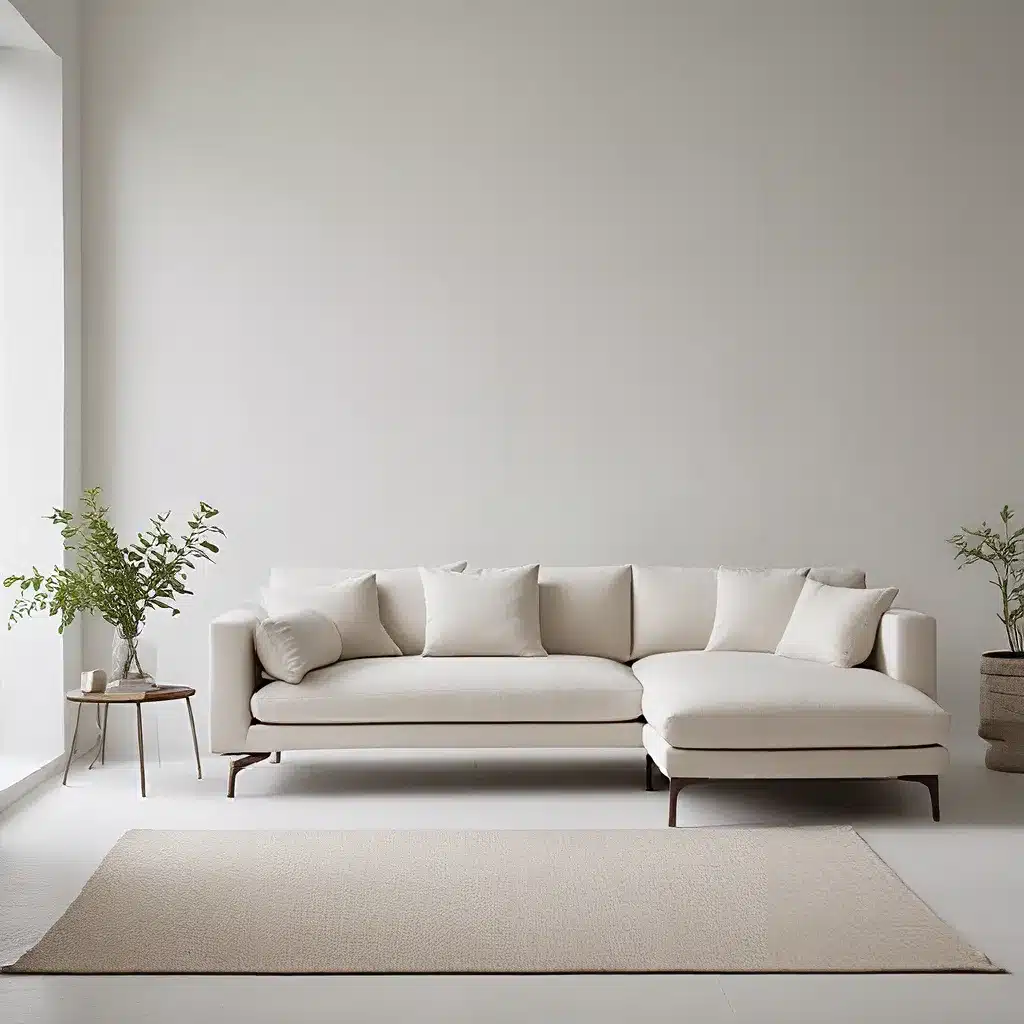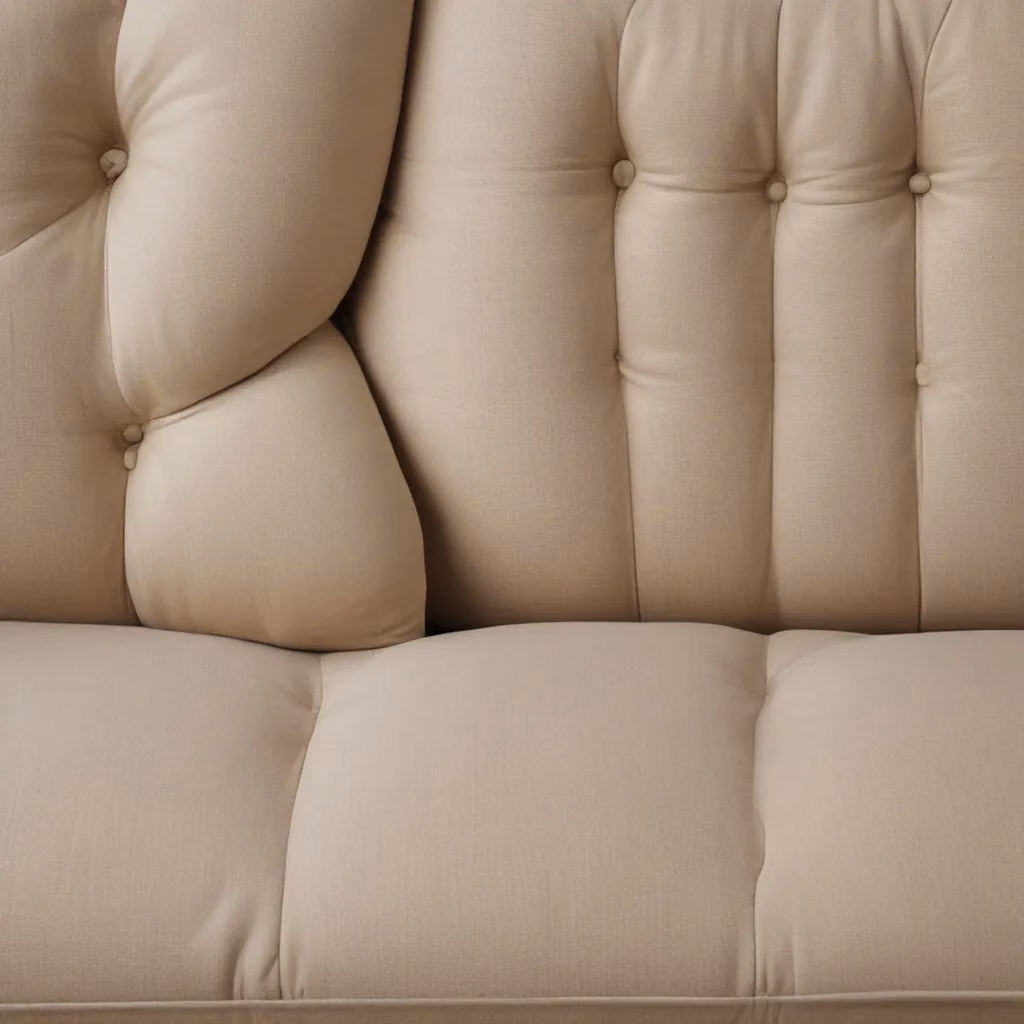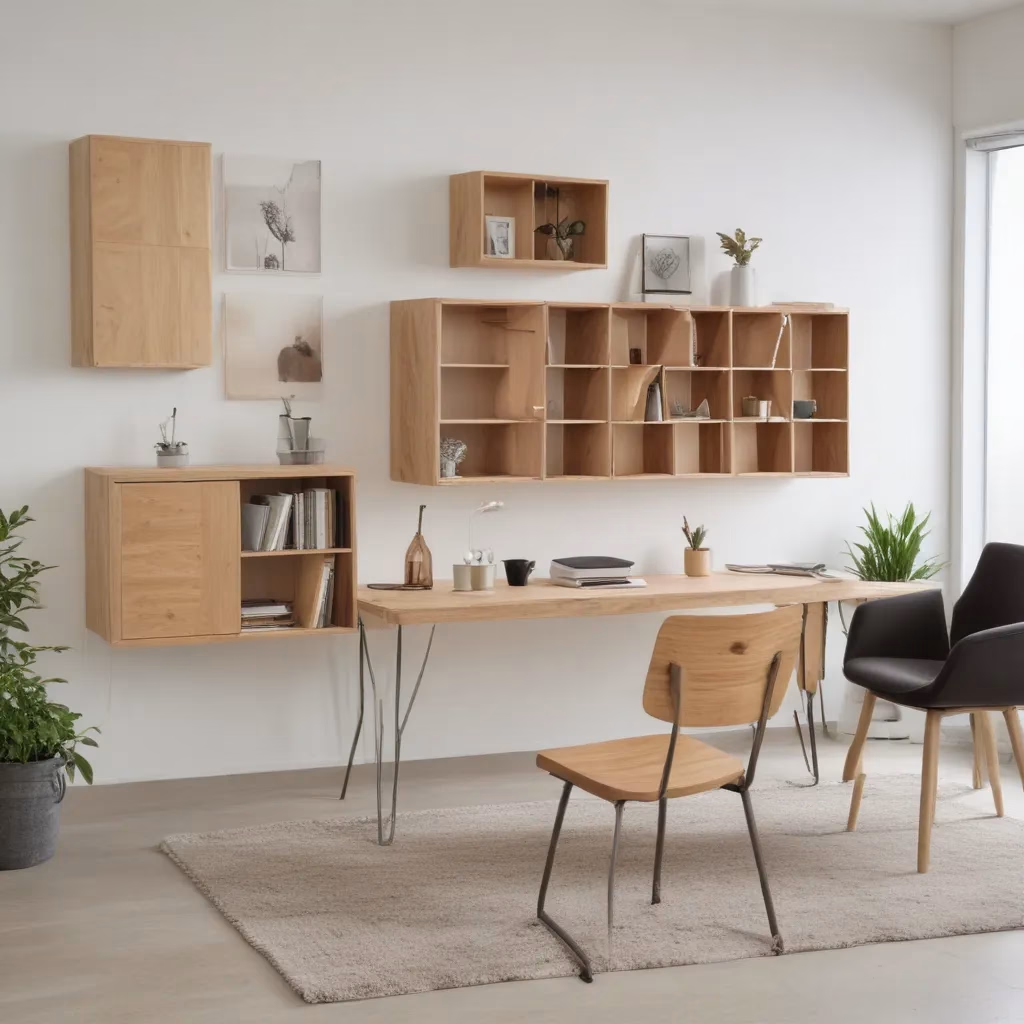
As an avid admirer of all things minimalist, I’ve always been captivated by the idea of creating a living space that exudes a sense of calm and tranquility. And when it comes to achieving this effortless elegance, the sofa is undoubtedly the cornerstone of any minimalist living room.
In my quest for the perfect minimalist sofa, I’ve delved into the alluring world of Japandi design – a harmonious fusion of Japanese and Scandinavian aesthetics. This style, with its emphasis on natural materials, clean lines, and a soothing color palette, has become my guiding light in transforming my living room into a haven of simplicity and serenity.
Embracing the Japandi Aesthetic
The Japandi design philosophy is all about finding balance and harmony in our living spaces. It’s a subtle yet powerful approach that seamlessly blends the minimalist sensibilities of Scandinavian design with the timeless elegance of Japanese aesthetics. The result is a living room that exudes a sense of calm and tranquility, inviting you to truly unwind and recharge.
One of the key elements of Japandi design is the emphasis on natural materials. Think solid wood, smooth leather, and woven textures. These organic elements not only add warmth and depth to the space but also help to create a soothing, nature-inspired atmosphere. When it comes to choosing a minimalist sofa, I’ve found that pieces crafted from these natural materials seamlessly fit within the Japandi aesthetic.
Simplicity and Functionality: The Art of Minimalist Sofa Selection
In the pursuit of a minimalist living room, the sofa takes center stage. It’s not just a piece of furniture; it’s a canvas upon which I can paint my vision of serenity and simplicity. When selecting a minimalist sofa, I’ve learned to prioritize clean lines, understated elegance, and impeccable functionality.
One of the key considerations is the silhouette of the sofa. I’ve found that low-profile, streamlined designs with minimal ornamentation are the perfect fit for a Japandi-inspired living room. These sofas effortlessly blend into the space, allowing the other elements, such as the natural textures and soothing color palette, to take center stage.
Mastering Minimalist Sofa Placement
But the journey to a truly serene living space doesn’t end with the sofa selection. The way I arrange and position the sofa is equally important. Inspired by the principles of warm minimalist design, I’ve learned to create a harmonious flow throughout the room.
One of the techniques I’ve found particularly effective is positioning the sofa against a bare wall. This not only emphasizes the clean, uncluttered lines of the minimalist sofa but also creates a sense of visual balance and tranquility within the space. Additionally, I’ve discovered the power of negative space – strategically leaving empty areas around the sofa to allow the eye to rest and the mind to wander.
Cultivating Coziness: Accessorizing the Minimalist Sofa
While the minimalist sofa is the foundation of my Japandi-inspired living room, I’ve discovered that the right accessories can truly elevate the space and infuse it with a sense of warmth and coziness. Drawing inspiration from minimalist living room design, I’ve carefully curated a selection of textural throws, plush cushions, and natural-fiber rugs to create a welcoming and inviting atmosphere.
These tactile elements not only add visual interest but also contribute to the overall sensory experience of the living room. The soft, natural textures invite you to sink in and immerse yourself in the tranquil ambiance, while the muted color palette reinforces the sense of calm and serenity.
Embracing the Beauty of Minimalist Lighting
No minimalist living room is complete without the thoughtful consideration of lighting. In my quest for a serene and cozy space, I’ve discovered the power of indirect lighting and natural illumination. By strategically placing floor lamps and table lamps around the minimalist sofa, I’ve created a warm and inviting glow that enhances the calming ambiance of the room.
But the true magic happens when I allow the natural light to take center stage. By positioning the minimalist sofa near large windows or sliding glass doors, I’ve harnessed the soft, diffused light that filters in, creating a soothing and rejuvenating atmosphere. This approach not only reduces the need for artificial lighting but also connects the living space to the outdoors, further reinforcing the Japandi-inspired design philosophy.
Conclusion: Embracing the Art of Minimalist Sofa Living
As I step back and admire my Japandi-inspired living room, I can’t help but feel a sense of peace and contentment. The minimalist sofa, with its clean lines and natural materials, has become the anchor of this serene sanctuary, allowing me to disconnect from the chaos of the outside world and immerse myself in a truly tranquil and restorative** environment.
This journey of simplicity and serenity has taught me that the minimalist sofa is not just a piece of furniture, but a canvas upon which I can paint a vision of calm and harmony. By embracing the Japandi design principles, I’ve discovered the power of natural materials, thoughtful placement, and carefully curated accessories to create a living space that truly nourishes the soul.
So, if you’re ready to embark on your own minimalist sofa adventure, I encourage you to explore the world of Sofa Spectacular and let the Japandi-inspired designs transport you to a realm of tranquility and simplicity. After all, the art of minimalist living is not just about the furniture, but the experience it creates.



